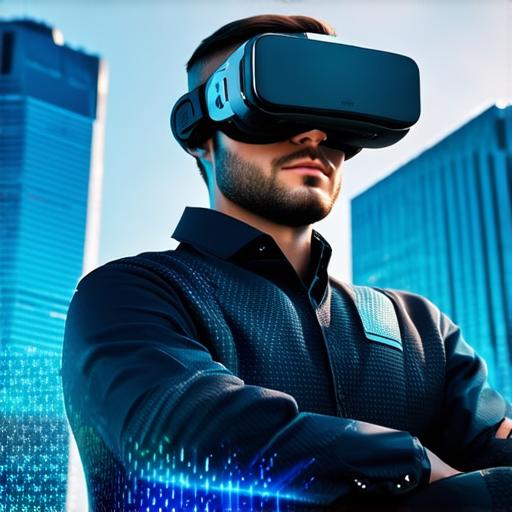Key Applications of Virtual Reality
Virtual reality (VR) technology has come a long way since its inception and it’s now being used in various applications across different fields. In this article, we will explore some of the key applications of virtual reality.
1. Gaming:
One of the most well-known applications of virtual reality is gaming. With VR headsets and handheld devices, players can immerse themselves in a fully interactive gaming experience, allowing them to feel as if they are part of the game. This technology has made it possible for gamers to enjoy more realistic and engaging games than ever before.
2. Education:
Virtual reality is also being used in education to provide students with immersive learning experiences. With VR, students can explore historical events, scientific concepts, and cultural heritage in a way that was previously impossible. This technology has the potential to revolutionize the way we teach and learn by making learning more engaging and interactive.
3. Training and Simulation:
Virtual reality is being used for training and simulation purposes in various industries, including healthcare, military, and aviation. By simulating real-world scenarios, trainees can practice their skills in a safe and controlled environment, without the risk of injury or damage to equipment. This technology can help organizations save time and money while improving the effectiveness of their training programs.

4. Real Estate:
Virtual reality is being used in the real estate industry to provide potential buyers with a more immersive and realistic view of properties. With VR, buyers can explore properties from the comfort of their own homes, giving them a better sense of the property’s layout, features, and surroundings. This technology has the potential to revolutionize the way we buy and sell real estate by making it easier and more convenient for buyers.
5. Therapy:
Virtual reality is being used in therapy to treat a range of conditions, including anxiety disorders, PTSD, and phobias. By creating realistic simulations of triggering situations, therapists can help patients overcome their fears and anxieties in a controlled and safe environment. This technology has the potential to revolutionize mental health treatment by providing patients with more effective and accessible therapy options.
In conclusion, virtual reality is an exciting and rapidly growing field with a wide range of applications across different industries. As this technology continues to evolve, we can expect to see even more innovative uses for VR in the future.
